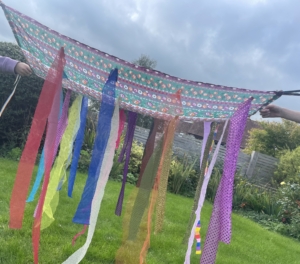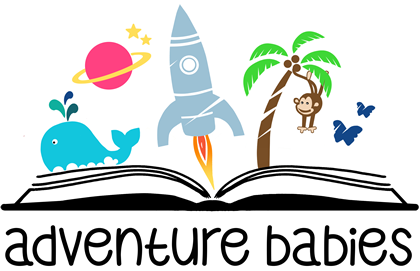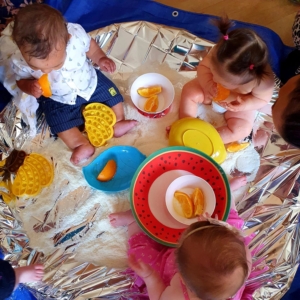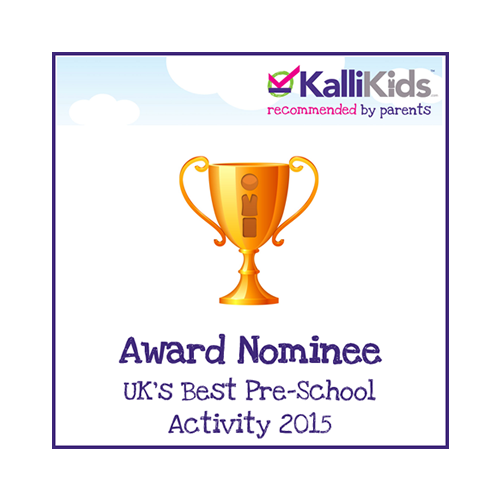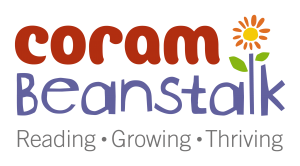Grasping is an Important Developmental Milestone – Support your baby to reach this
Encouraging babies to reach out and grasp objects is an important developmental milestone that offers several benefits:
Fine Motor Skills Development:
Grasping objects helps in the development and refinement of fine motor skills, enhancing the coordination and control of small muscles in the hands and fingers. This is a crucial foundation for various tasks in daily life, such as writing, drawing, using utensils, and more.
Hand-Eye Coordination:
Grasping objects involves coordinating hand movements with visual information. Babies learn to judge distances, angles, and movements, which improves their hand-eye coordination. This skill is essential for activities like catching a ball, using a computer mouse, or threading a needle.
Sensory Exploration:
When babies grasp and manipulate objects, they engage multiple senses—sight, touch, and sometimes taste. This sensory exploration aids in their cognitive development by helping them understand the properties of different objects and textures.
Cognitive Development:
Grasping objects and exploring their properties promotes cognitive development. Babies learn about cause and effect, object permanence (understanding that objects exist even when out of sight), and basic concepts of shape, size, and weight.
Object Permanence:
Grasping objects contributes to the development of object permanence, which is the understanding that objects continue to exist even when they are not seen. This is a critical cognitive milestone for infants.
Curiosity and Learning:
The act of reaching out and grasping objects encourages curiosity and exploration. Babies are naturally inquisitive, and by allowing them to reach for and manipulate objects, you stimulate their desire to learn and understand their environment.
Social Interaction and Bonding:
Encouraging babies to grasp objects can also facilitate social interaction. Parents or caregivers often engage with the baby during these activities, which fosters bonding and a sense of security.
Language Development:
As babies grasp objects, they often engage in vocalizations and babbling, laying the foundation for language development. These actions can prompt adult responses and interactions, which further aid in language acquisition.
Independence and Confidence:
Mastering the developmental milestone of grasping objects empowers babies to become more independent. They gain confidence in their abilities to interact with their environment, which is crucial for their overall development.
Parents and caregivers play a vital role in creating a safe and stimulating environment for babies to explore and develop their grasping abilities. Our Mini Parachiutes is an amazingly inviting way to support your baby reach this developmental milestone. Providing a variety of appropriate toys and objects for them to grasp, offering gentle encouragement and support, and celebrating their achievements can greatly aid how they meet their developmental milestones.
